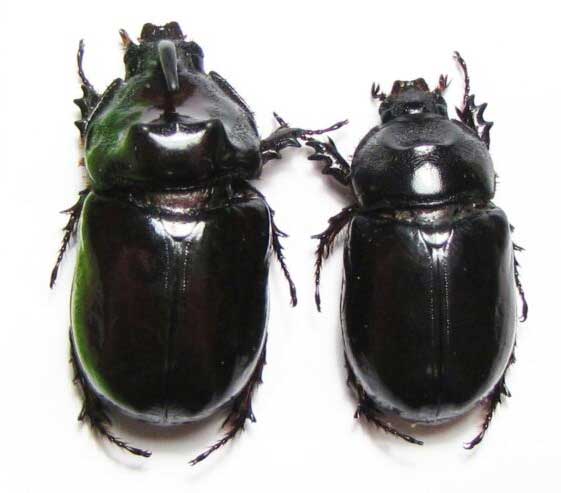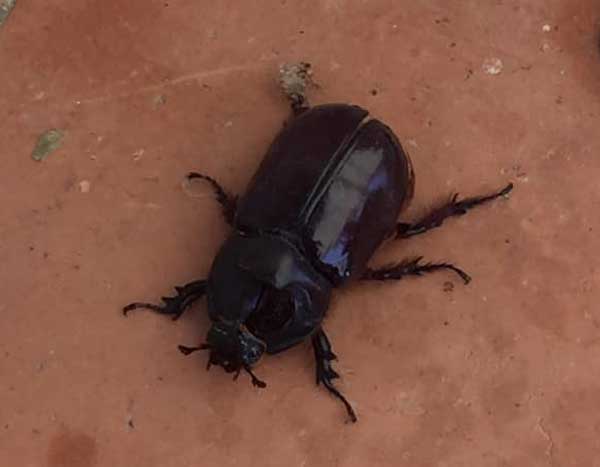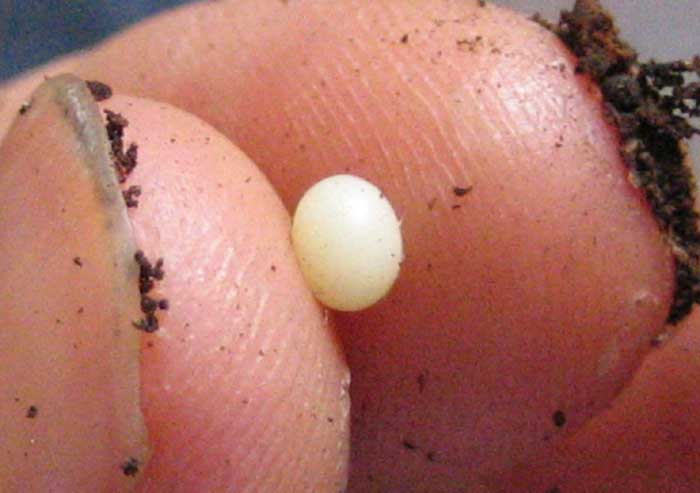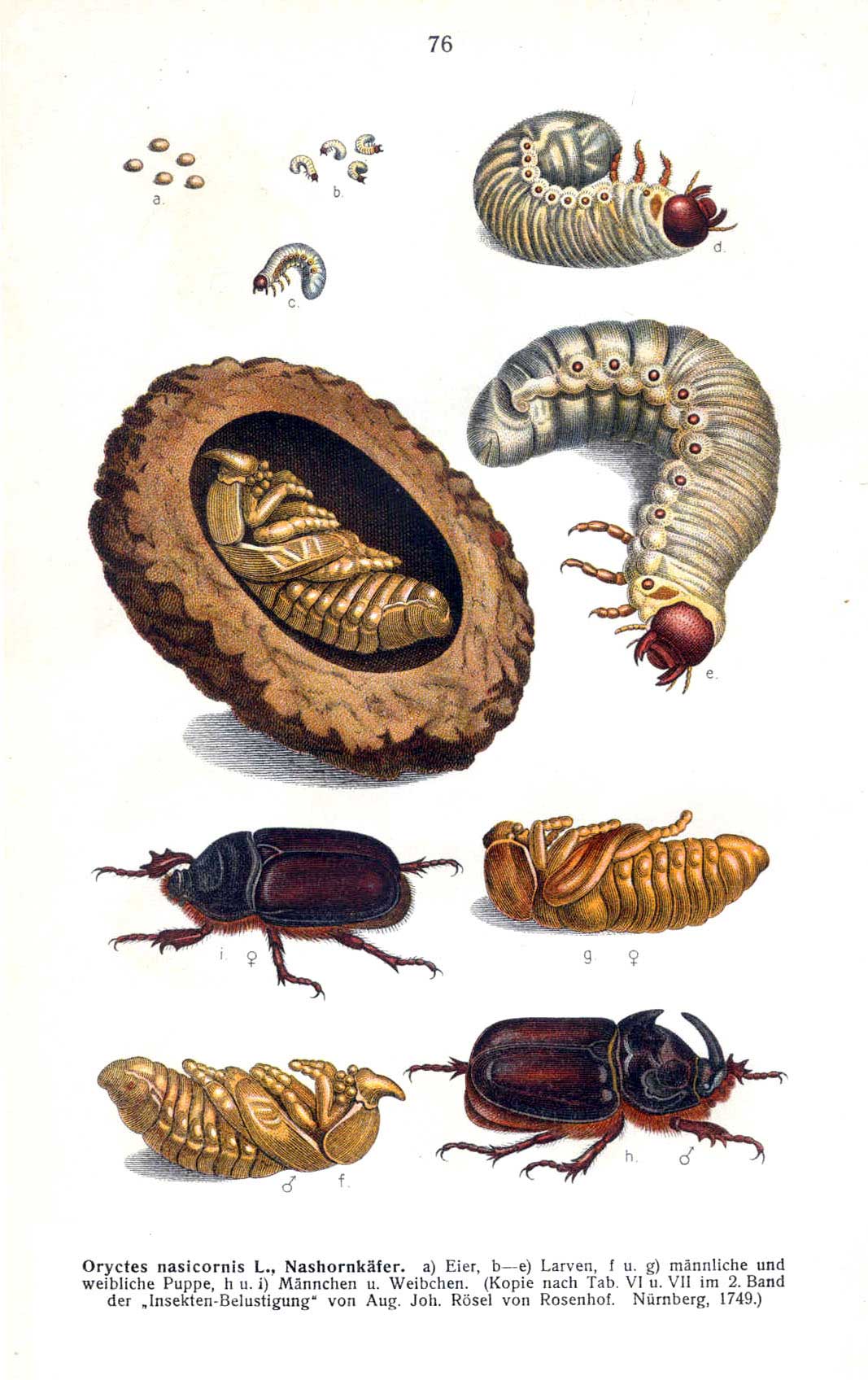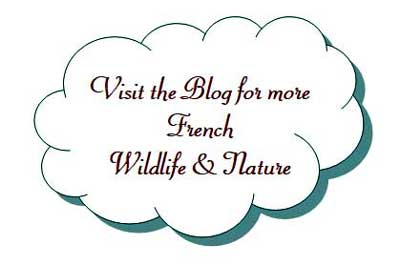Rhinoceros beetle
Oryctes nasicornis
Scarabée rhinoceros
Oryctes nasicornis is a large beetle in the family Scarabaeidae (subfamily Dynastinae) and they are widespread throughout Europe, (excluding the British Isles), and from the Mediterranean basin to Pakistan.
Adults emerge in summer, mainly July and August in France although they can emerge as early as March in some regions. They are reddish brown with a varnished appearance and can reach a size of 60 mm although size is quite variable depending on the quality and abundance of larval food and they can be considerably smaller. Sexual dimorphism, (as with the Stag beetle), is distinct and clearly obvious to anyone as males have a curved cephalic horn hence the name of "rhinoceros" given to the species. Females lack this appendage.
Eggs are laid in dead decomposing wood, compost or heaps of sawdust and scrap from sawmills, all of which provides the food for the developing larvae. Resinous wood is rarely used. The eggs themselves are white, ovoid and quite large. The female burrows and places each egg singly in a suitable place, perhaps totally as many as 50. Larval development can last from 2 to 4 years, the better the quality of food and the higher the ambient temperature leading to a more rapid development.
When mature and at the maximum of its development, the larva buries itself to about 15 to 20 cm on average and then arranges a so-called pupal compartment. This is ovoid, very spacious, and uses the material it is living in and can be the size of a small hens egg on the outside.
The transition to the nymph state to that of an adult takes place from summer until autumn but the fully developed beetle will not emerge until the following spring or summer.
The larvae of this beetle, along with those of the Rose chafer and others that use compost like material for larval development, are parasitised by Megascolia maculate, (Scolia flavifrons), the mammoth wasp, and Scolia hirta, both of which can be seen hovering and mating where the larvae are present. The adult wasps feed on flowers.
Probably to be found in most regions of France it is a beetle that is locally abundant in some regions yet rare or absent throughout large parts of the Country and every effort should be made to both help and encourage them.
If you have veteran trees, try to leave them standing, or if you do need to cut down trees, try to leave the stumps in place to decay. Try to maintain a native species hedge if you have one, or if you have land consider planting a native species hedge. Make a log pile in a corner of your garden, perhaps by sparing a few lengths of oak from your firewood delivery if you have one and add to it each year allowing it to slowly rot; the addition of bark, wood chippings and sawdust will be useful, it is important that the bottom remains in contact with or slightly buried in the soil. This can be discreetly hidden behind a bush or shrub or made into a decorative garden feature for those with an artistic leaning. You could perhaps also empty all your grass cuttings in a heap alongside your “wood pile”.
All of these measures will benefit many other species and encourage biodiversity and add to the buzz in your garden. It should be made absolutely clear that none of these larvae pose any threat whatsoever to dry seasoned wood in your buildings; only moist decomposing wood will be used outside on the ground.
